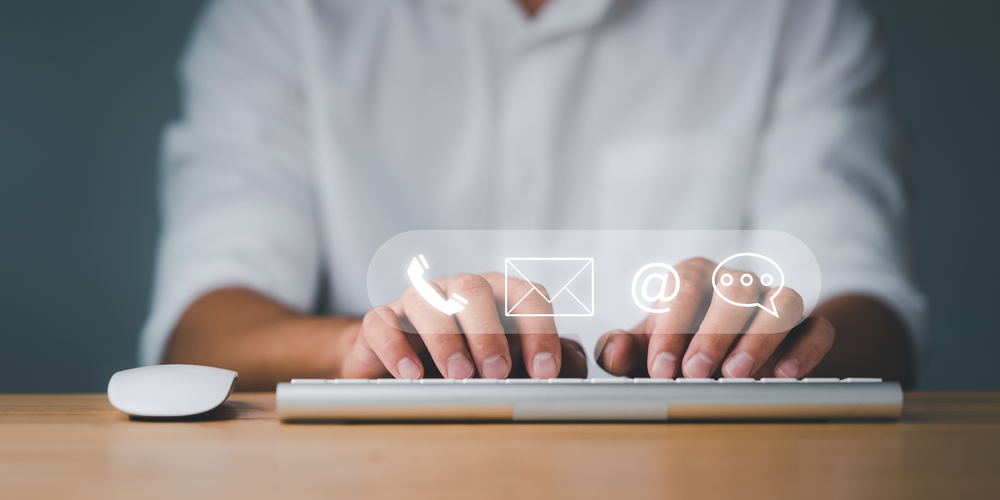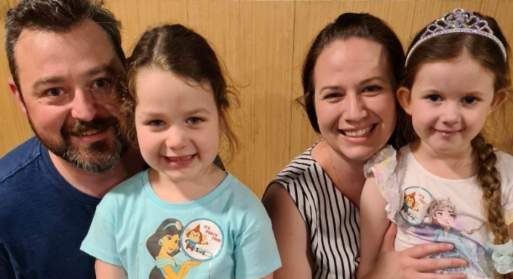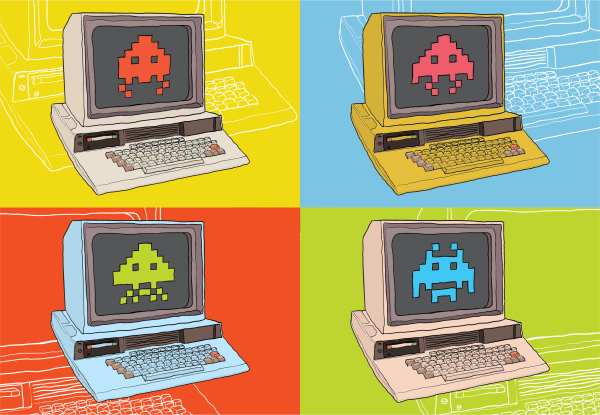Fasting and managing your diabetes can be difficult, but not impossible, writes CHRISTINE CARNE.
The holy month of Ramadan (which in 2024 runs between Monday 11 March and Tuesday 9 April) involves the religious practice of fasting between dawn (Suhoor) and sunset (Iftar) for all healthy adult Muslims. The elderly, the sick, or women who are pregnant or breastfeeding, or people with a chronic condition such as diabetes are not required to fast and can give to charity to those who are less fortunate. However, many people belonging to these groups still choose to participate in Ramadan fasting.
If you are living with diabetes, you can fast, but there are a few important things to keep in mind. Fasting for Ramadan changes your usual eating patterns, medication regimens, exercise routines and sleeping patterns.
These changes can lead to unstable glucose levels and complications that may include:
- low blood glucose levels (hypoglycaemia)
- high blood glucose levels (hyperglycaemia)
- dehydration
- diabetic ketoacidosis (people living with type 1 diabetes)
Here are some key safety tips to help you prepare for Ramadan:
RISK:
Know your risk before you decide to fast.
Visit your doctor or diabetes team six to eight weeks before Ramadan to understand your risk category and to have a health care assessment. There are groups of people who might make themselves ill by fasting, for example those who require insulin to manage their diabetes, are on multiple diabetes medications or have diabetes complications. If you doctor advises you not to fast, you will get the same Thawab (reward).
ADJUSTMENTS:
Talk to your doctor about any medication adjustments that might be required, particularly if you are using insulin.
The dosages, timings or even type of medications you use may need to be changed during periods of fasting to help manage your glucose levels.
MONITORING:
Check your glucose levels more frequently during fasting. It is important to note that glucose monitoring and insulin injections do not break the fast and are important in detecting low (hypoglycaemia 3.9 mmol/L or less) or high glucose levels (hyperglycaemia 15 mmol/L or greater). The best times to check your blood glucose might include before Suhoor, morning, midday, midafternoon, before Iftar, two hours after Iftar or at any time you experience symptoms of low or high glucose levels.
Hypoglycaemia
Insulin and certain glucose lowering medications can cause low glucose levels when fasting.
Additionally, hypoglycaemia may be experienced when stored glucose is not released quickly enough to meet your body’s energy requirements. You must break your fast immediately if you experience hypoglycaemia.
Hyperglycaemia
In some people glucose levels may go higher rather than lower. For people with type 1 diabetes, it is important to check your blood or urine ketone levels when experiencing hyperglycaemia to avoid diabetic ketoacidosis.
ACTIVITY:
Perform low to moderate exercise only during fasting.
Tarawih prayers, such as bowing, kneeling and rising should be considered part of your daily exercise activities. Vigorous exercise is not recommended due to the higher risk of low glucose levels and dehydration. Check your glucose levels more frequently during fasting. It is important to note that glucose monitoring and insulin injections do not break the fast and are important in detecting low (hypoglycaemia 3.9 mmol/L or less) or high glucose levels (hyperglycaemia 15 mmol/L or greater). The best times to check your blood glucose might include before Suhoor, morning, midday, midafternoon, before Iftar, two hours after Iftar or at any time you experience symptoms of low or high glucose levels.
DIETARY ADVICE:
Break your fast with a glass of water.
For your meals at Suhoor and Iftar ensure your meals are well balanced, with low glycaemic index carbohydrates, protein rich foods and healthy fats. Include plenty of vegetables, 2 pieces of fruit and salads for fibre. Minimise foods high in saturated fats (such as ghee, coconut and palm oils, fried foods). Snacks can be eaten 2 to 3 hours after iftar – healthy options could include popcorn, vegetable sticks and hummus or low fat yogurt.
ACT:
All people with diabetes must break the fast if:
- Blood glucose levels are 3.9 mmol/L or less (hypoglycaemic event)
- Blood glucose levels 15 mmol/L or more (hyperglycaemic event)
- You experience any signs or symptoms of hypoglycaemia or hyperglycaemia
- Dehydration or acute illness
MONTH OF RAMADAN ENDS:
In celebration of Eid-al-Fitr (end of Ramadan), avoid eating sweet foods and drinks as this will increase your glucose levels. When we celebrate with food it’s easy to consume more kilojoules than we plan to. Try to keep active. Remember to also see your doctor to assist you in adjusting your medication back to your previous dosages, times or types.
Resources:
Diabetes and Ramadan a Guide to a Safe Fast (available in English, French, Bangla, Arabic, Turkish and Urdu) here.
Using Google, search: Managing hypoglycaemia fact sheet – NDSS Healthy eating – NDSS Healthy snacks fact sheet – NDSS Managing sick days for type 1 diabetes fact sheet – NDSS





